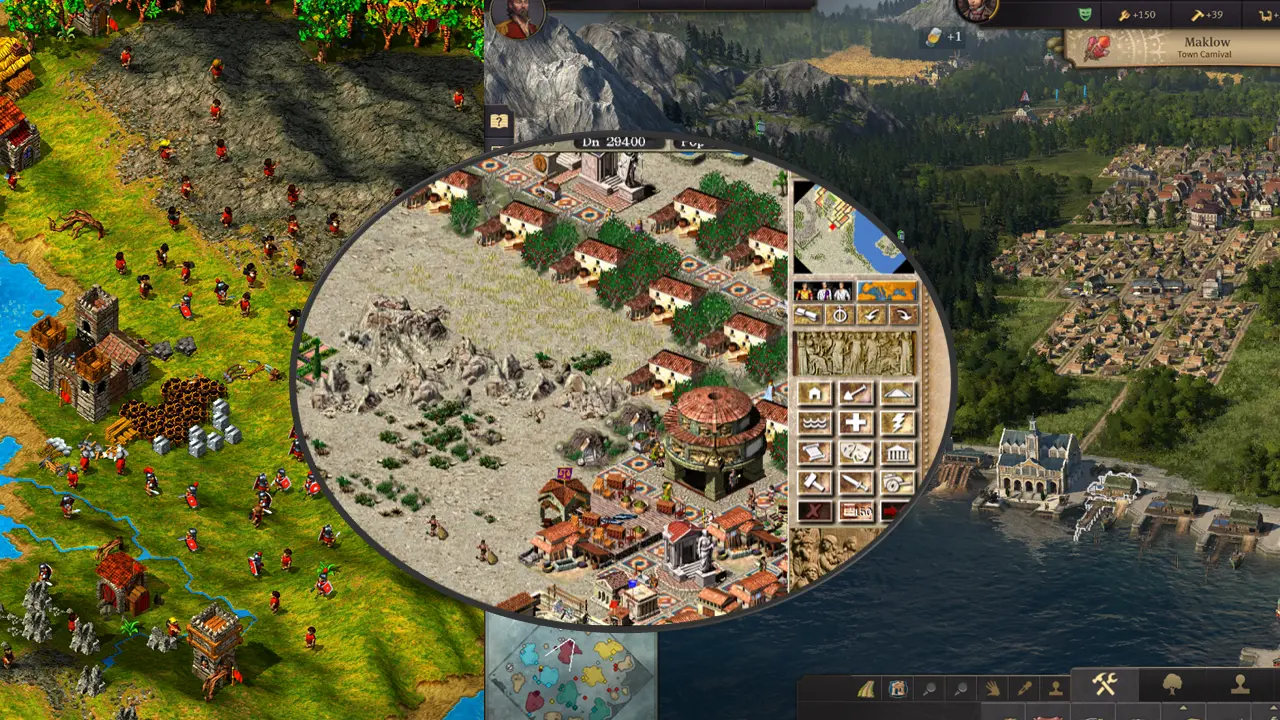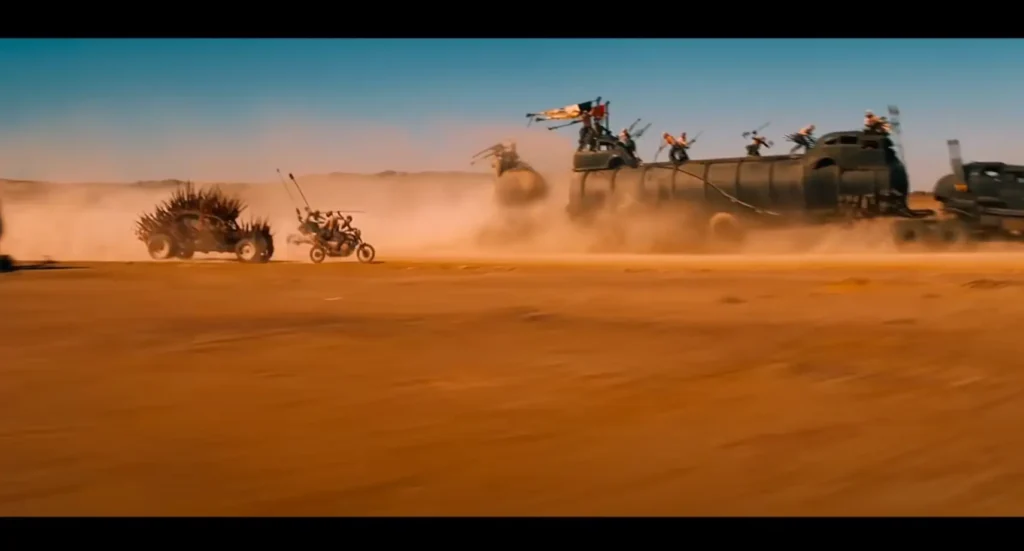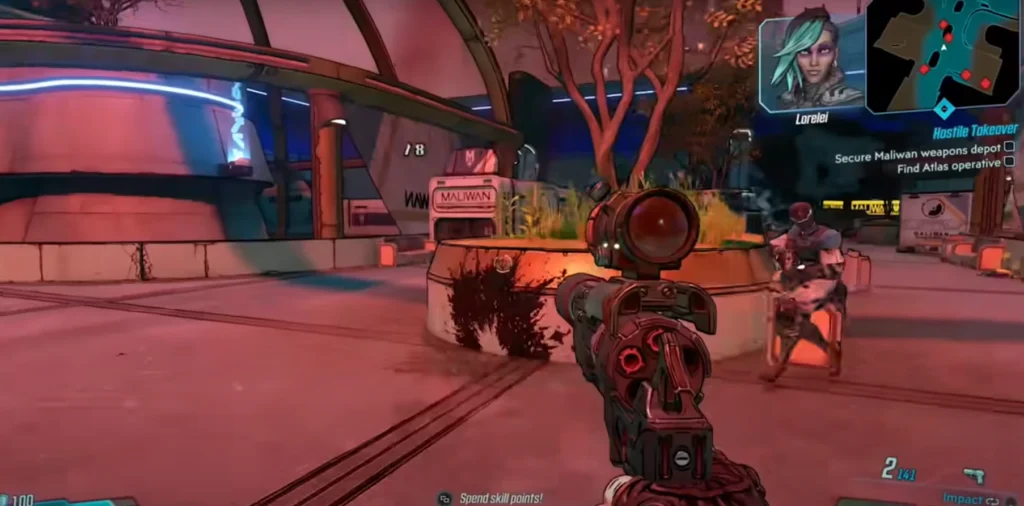
It didn’t start as a game. It started as a test.
I just wanted to see if I could get the Settlers III mechanics working in Unity 3D — you know, the production chains, the carriers doing actual work, the little invisible dance behind every resource. That’s it. No grand plan, no pitch deck. Just a curiosity project.
And yeah — Caesar III was also in my head. Those two games shaped how I think about strategy games. Systems, roles, and buildings with purpose. Logic you can see unfold.
Then I Played Anno 1800… and It Changed Everything
At some point, I picked up Anno 1800. Played a few hours… then a few more… and then I said:
“Alright. Let’s see if I can create a grid… and build on it.”
That single thought shifted the whole project.
What started as a Settlers-style resource sim slowly evolved into a grid-based city builder, where layout matters and roads do more than just look nice. Suddenly, I was deep in placement logic, influence zones, and trying to make systems talk to each other.
And you know what? It was fun.
It Became a Side Project — Something Relaxing
No deadlines. No expectations.
Just me, Unity 3D, and the joy of piecing together a world from nothing. It became a space where I could disconnect, build, test, tweak, and imagine.
And that’s when the sci-fi vibes really kicked in.
Mad Max, But Chill

I’ve always loved Mad Max. The chaos, the grit, the feeling of surviving in a broken world. So I asked myself:
“What if my peaceful little grid-based builder existed after the world ended?”
Not a horror game. Not grimdark. Just… what comes next after collapse.
That’s where a post-apocalyptic setting was born. The mechanics stayed soft, the world got rougher — and somehow it worked. Scrap collectors, water filters, power shards — all starting to fall into place.
Why It Looks the Way It Does
I didn’t want realism. I wanted style. Something that felt fun to look at, even if the world was broken.
That’s why I went with low-poly, toon-style visuals, powered by Synty assets. They gave me speed and flexibility — but what really sold me?
Outlines.
I’ve always loved that comic-style outline effect, ever since playing Borderlands 3. There’s something about it — clean, bold, expressive. It’s visual clarity with attitude. And that became the look of the game.

And Now?
Well, now it’s a bit more than a side project.
I’ve got scavenger units moving scrap to warehouses. I’ve got road systems with A* pathfinding. A grid that checks access. Power Shards as currency and narrative fuel. Influence spreading across buildings. And more coming.
But it all started because I just wanted to see if I could make Settlers III mechanics in Unity.
Funny how that works.
Comments are closed